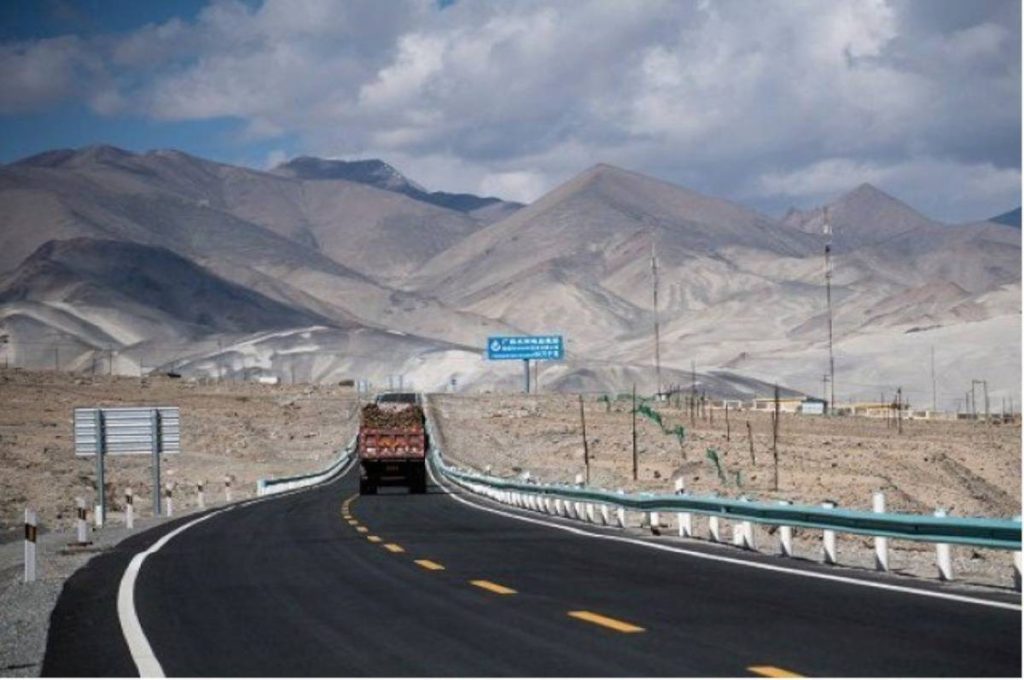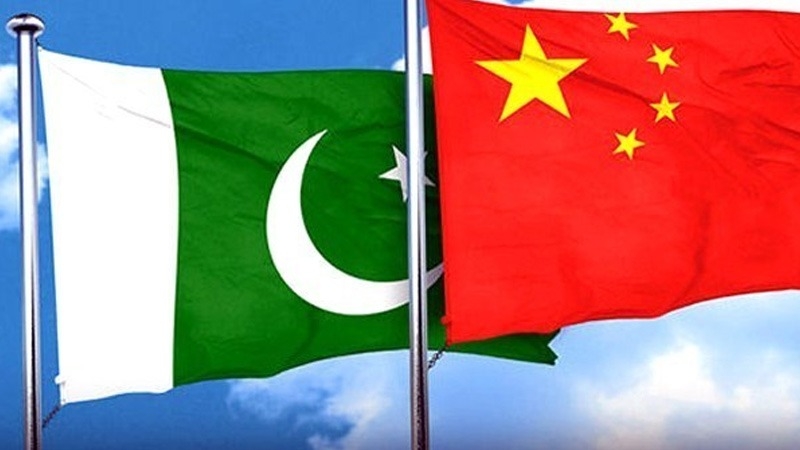Despite these localized successes, Pakistan, on the whole, has struggled to leverage CPEC for inducing industrial growth, leaving its historically fragile economy teetering on the brink of collapse in recent times….reports Asian Lite News
For the past ten years, the China Pakistan Economic Corridor (CPEC) has been a prominent project within Beijing’s extensive Belt and Road Initiative.
This ambitious undertaking, primarily funded through Chinese loans and investments, has aimed to transform Pakistan’s economic structure by promising crucial improvements in transportation, trade, and energy infrastructure.
The colossal undertaking comes with a substantial price tag, slated to cost upwards of $60 billion. Along its route, small villages like Kanda in the Mala region of Pakistan have witnessed notable transformations, Pardafas reported.
Kanda stretches along a 120-kilometer highway built under the aegis of CPEC. Since the highway’s completion in 2019, this area has seen a burgeoning of new businesses and a surge in property prices. Guza Banda is emblematic of many villages and towns across Pakistan that have experienced heightened economic activity, all due to their proximity to CPEC projects.
However, despite these localized successes, Pakistan, on the whole, has struggled to leverage CPEC for inducing industrial growth, leaving its historically fragile economy teetering on the brink of collapse in recent times. While the project’s initial aim was to enhance infrastructure and connectivity, potentially leading to higher exports, the expected industrial expansion never materialized.

A Stunted Vision
Amar Habib Khan, an economist, shared insights into CPEC’s intent, saying, “The objective of CPEC was essentially improving infrastructure and connectivity that could have resulted in higher exports, but this didn’t happen because the expected industrial growth did not materialize.” In this respect, Pakistan’s poor domestic economic policies have played a significant role in stymying the growth of local businesses, particularly those in the manufacturing sector.
According to Pardafas reports, Analysts have identified various hurdles that have hampered CPEC’s realization of its full potential. These obstacles include bureaucratic red tape, political turmoil, security risks within Pakistan, and the disruptive influence of the COVID-19 pandemic, all of which have collectively deterred Chinese investors from wholeheartedly engaging with CPEC. In particular, these factors have caused significant delays in the implementation of CPEC’s phase two.
Reimagining Industrial Growth
Under CPEC’s phase two, China had originally planned to relocate its power-intensive industries to Pakistan. Khalid Mansoor, former Special Assistant to the Prime Minister on CPEC, stated, “This is the main power-intensive industry which has become quite unviable in China. So, these industries are going to be located not only in Gwadar but other special economic zones, and we have started to talk to a lot of joint ventures.”
Regrettably, only four out of the 13 planned special economic zones (SEZs) under CPEC have made any meaningful progress. The rising value of the US dollar has driven up the cost of importing equipment and raw materials, making it prohibitively expensive for Pakistan to set up production units. While Pakistan offers cheap labor, accommodating the vast demands of large Chinese factories can be a considerable challenge, primarily due to the scarcity of essential infrastructure.
In light of these challenges, CPEC’s SEZs have struggled to gain momentum. Their future growth prospects remain uncertain, with the current trajectory suggesting that they may not even take off in the coming years. Despite the immense potential of CPEC, issues like the scarcity of electricity continue to plague businesses in many areas.
Matiullah, a local entrepreneur in Kanda, remains optimistic, hoping for a brighter future as he observes the increasing traffic on the CPEC-built road. Yet, experts argue that for Pakistan to fully capitalize on CPEC’s potential, Islamabad must reimagine its approach to doing business and address the underlying issues that have hindered the realization of this ambitious initiative.

